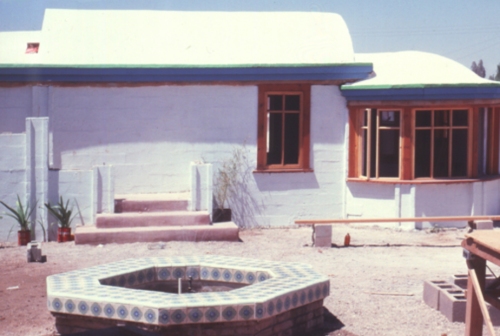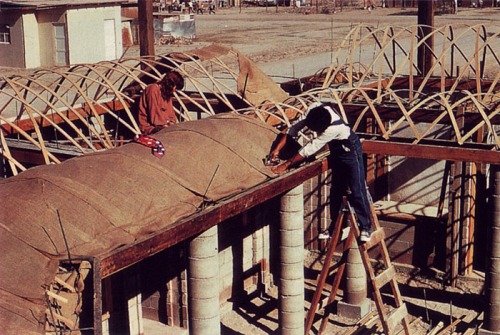I saw this fridge a few years ago on Build it Solar.com. It’s a great site like I keep saying with hundreds of practical projects. Several years later and now I’m asking the same questions as the author below. Why haven’t more people made the switch to this super energy efficient fridge?
“Using vertical doors in refrigeration devices is an act against the Nature of Cold Air. Understanding and cooperating with Nature rather than acting against it leads to much better efficiency.
My chest fridge (Vestfrost freezer turned into a fridge) consumes about 0.1 kWh a day. It works only about 2 minutes per hour. At all other times it is perfectly quiet and consumes no power whatsoever. My wind/solar system batteries and power-demand-sensing inverter simply love it.
It is obvious that a truly energy efficient fridge does not cost any more money than a mediocre one. It actually costs less. It also has amazing food-preserving performance because temperature fluctuations in its interior are naturally minimized.
So – WHY mediocre food-spoiling fridges are being made? WHO makes decisions to manufacture them? Who awards them “stars” and other misleading awards? Why people continue to buy and use energy wasting and food-spoiling devices? Does anyone care about understanding anything?
Nearly every household on Earth has a fridge that totally wastes at least 1 kWh of energy a day (365 kWh a year). How much reduction in greenhouse emissions can we achieve by banning just ONE inefficient household device in just ONE country? How many politicians debating for how many years will it take to achieve such a ban?
Rather than waiting for someone to do something I would like to volunteer to supply modified chest freezers and/or freezer modification kits to environmentally conscious people of Australia. Let’s do something in the right direction right now.”
Source: Mt. Best.net (lots more good info on this site)
You can read the full article here.
How to Convert a Chest Freezer to a Fridge

























